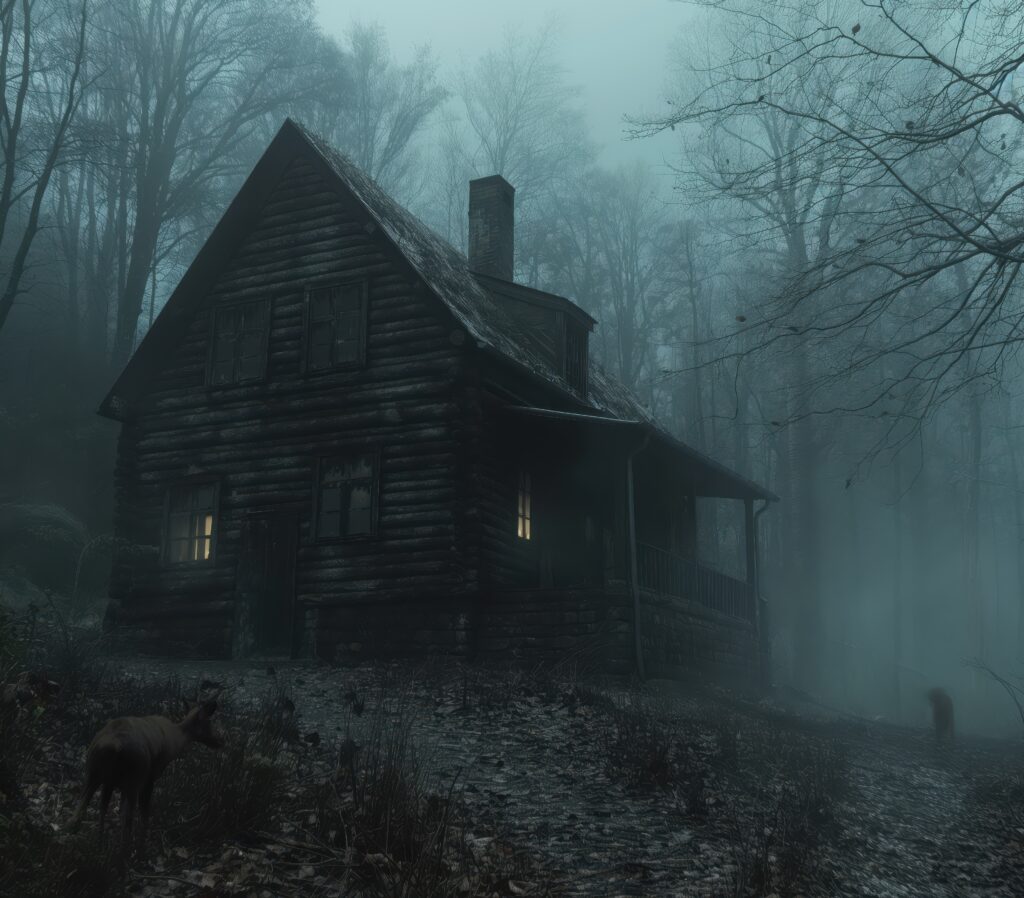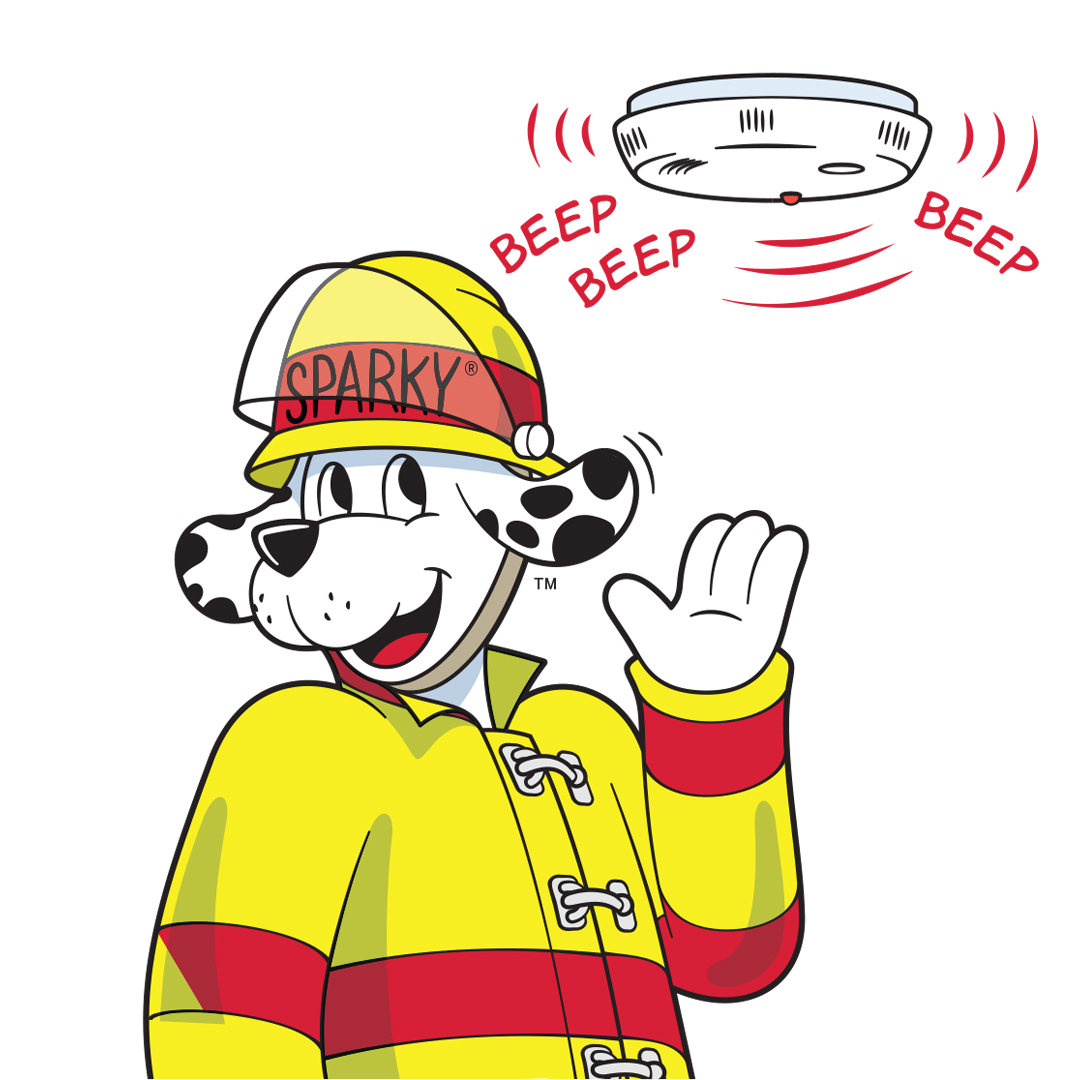The Complete Guide to Chimney Inspections: Ensuring Chimney Safety and Efficiency
Your fireplace and chimney may appear basic, but you must inspect plenty of parts regularly to ensure they are in top working condition. To help you out, here are some of the parts of the chimney that you should inspect:
The exterior of the chimney
The exterior of the chimney has many parts that you can inspect. These areas include:
Bricks: The most visible part of a chimney is the brickwork. To maintain the functionality and safety of your fireplace, you’ll need to use good-quality bricks. If yours are old and deteriorating, you should get immediate chimney repair.
Chimney Cap: As the name implies, the chimney cap is a ‘hat’ that rests on top of your chimney. Smoke from your fireplace exits through this part. It protects your chimney from the elements, trash, and animals, reducing the need for cleaning and preventing chimney fires.
Chimney crowns: These are found on the openings of both prefabricated and factory-built chimneys. They’re made of copper, steel, or aluminum.
Chimney flashing: It is often constructed of steel, aluminum, copper, or vinyl and is crucial on your roof. It is installed where your chimney meets your roof to guarantee that moisture does not enter your ceiling or attic and cause a large leak.
The chimney interior
The outside of the chimney may be the most visible aspect of its construction. However, what happens on the inside significantly impacts how well your fireplace functions overall. Some of the interior parts you should pay attention to when doing the inspection include:
The flue: This is a section of your chimney through which smoke escapes. To avoid a safety issue, it is critical to invest in chimney cleaning and proper chimney inspection at least once a year.
The smoke chamber is located just below the chimney, in the sloped area just above the fireplace. Smoke enters this section on its way to escape the chimney. A smoke shelf is installed to collect moisture or debris from the chimney top.
Throat Damper: Also known as a fireplace damper, this is the component of your fireplace that separates it from the chimney. It should be open for smoke clearance when your fireplace operates and closed to prevent cold air, debris, or pests from entering your home.
Chimney liner: The liner for a chimney is typically made of aluminum, steel, or clay. The liner directs smoke from your chimney and encases its walls for further protection. Chimney relining will be necessary as this component fails.
The fireplace
The fireplace is made up of many parts, including:
Firebox: The firebox is the most known portion of the fireplace because it contains the actual fire. The firebox is built into the fireplace mantel and extends into the throat damper and smoke chamber.
Mantel: Also known as the mantelpiece, this frames the fireplace and is frequently decorative. The mantel shelf rests on top of the mantel and is often decorated with photos and household goods.
Hearth: The hearth extends from the firebox and serves as a decorative element of the fireplace. It can also store fireplace equipment and was previously used to cook food near the fire.
Common issues you will come across when inspecting the chimney
Several issues might affect your fireplace and necessitate fireplace services. You must be aware of typical difficulties with your fireplace so that the problem can be addressed before it becomes a safety concern.
The most common issues that you might come across as you inspect your chimney include:
Creosote Build-up: When you use your fireplace, the smoke escapes into the chimney, leaving behind a dark material. This is creosote, and as it accumulates in your chimney, it reduces ventilation.
Unfortunately, it is risky since it can force smoke back into your home or ignite. As a result, it’s critical to contact a reliable chimney cleaner at least once a year to clean it out.
Pest Infestation: Whether it’s a mouse, a squirrel, or a bird, you don’t want any outdoor animals running around in your fireplace or chimney. Animals can cause obstructions in your chimney, increasing the risk of smoke entering your home.
If you inspect the chimney and find animals, there is definitely an area where they are getting in, and you should seal it using a chimney cover.
Closed Damper: The chimney damper is one of the most critical components of your fireplace. It keeps smoke out when you have a fire and cold out when you don’t. For your chimney to function optimally, the damper should be open until your fire is out.
The damper can become trapped due to creosote or other obstructions. To be on the safe side, you have to clean the creosote. As mentioned, ensure that the cleaning is done by an expert who knows what they are doing.
Mortar Issues: The bricks may be the most visible component of your chimney, but the mortar holds everything together. That is why it is critical to ensure that the mortar is performing its duties.
Mortar keeps the bricks in place and keeps moisture out, so if it has to be replaced, it will be unable to protect your chimney as effectively. You should remove and replace the bricks if they appear to be worn out.
Chimney Flue Cracks: Cracks in your chimney flue can be more challenging to detect than other chimney problems. Unfortunately, this type of damage can be a significant issue since heat can escape your chimney through cracks and harm things in your home that are not heat resistant.
In addition, smoke and soot can spread throughout your home, posing significant health risks to your family. To ensure that your flue is running correctly, you should have a professional chimney cleaning services Columbia MD clean your chimney regularly.
The post The Complete Guide to Chimney Inspections: Ensuring Chimney Safety and Efficiency first appeared on First Class Chimney Services.
This post first appeared on https://www.firstclasschimneyservices.com






 Celebrating Fire Prevention Week in Hartford County, CT
Celebrating Fire Prevention Week in Hartford County, CT Remember:
Remember:


